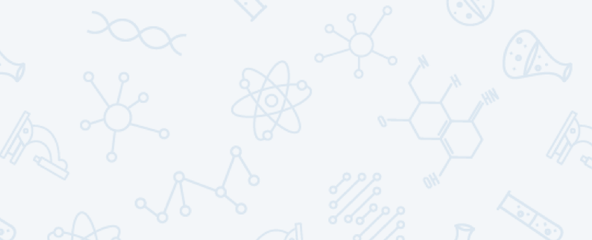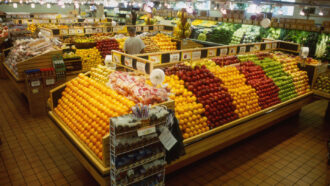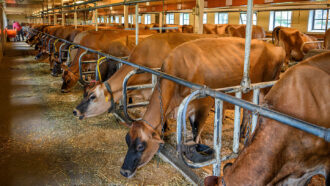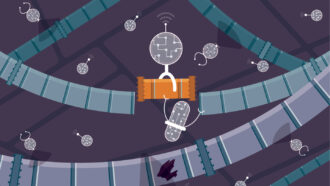
Artificial Intelligence
AI learned how to influence humans by watching a video game
New research used the game Overcooked to show how AI can learn to collaborate with — or manipulate — us.
Come explore with us!

New research used the game Overcooked to show how AI can learn to collaborate with — or manipulate — us.

Weekly updates to help you use Science News Explores in the learning environment
Thank you for signing up!
There was a problem signing you up.

About 10 percent of the fruit in a tilted market display can be removed before it will crash down, computer models show.

Scientists have been trying to understand and harness this material’s superpowers since its discovery in 2004.

Images made with these particles have revealed details of dinosaur bones, mummies and more.

It can slash diffuse sources of this extremely potent greenhouse gas, such as from livestock barns and other sites.

DNA machines and protein-mimicking nanotech could replace broken machinery in cells or even lead to made-from-scratch synthetic life.

Steady ‘winds’ can carve clay blobs into lion-shaped landforms called yardangs, a new study suggests. One such yardang may have inspired the Great Sphinx of Giza.

Researchers in Sweden coaxed wood to conduct electricity, then used it to make a climate-friendlier building block of electronics.

Let’s explore whether energy loss to heat could explain why a basketball doesn’t bounce back to its original height.

Offshore wind farms cost more than onshore ones. But their ability to make ‘green’ hydrogen and capture carbon dioxide could help this wind power pay off.